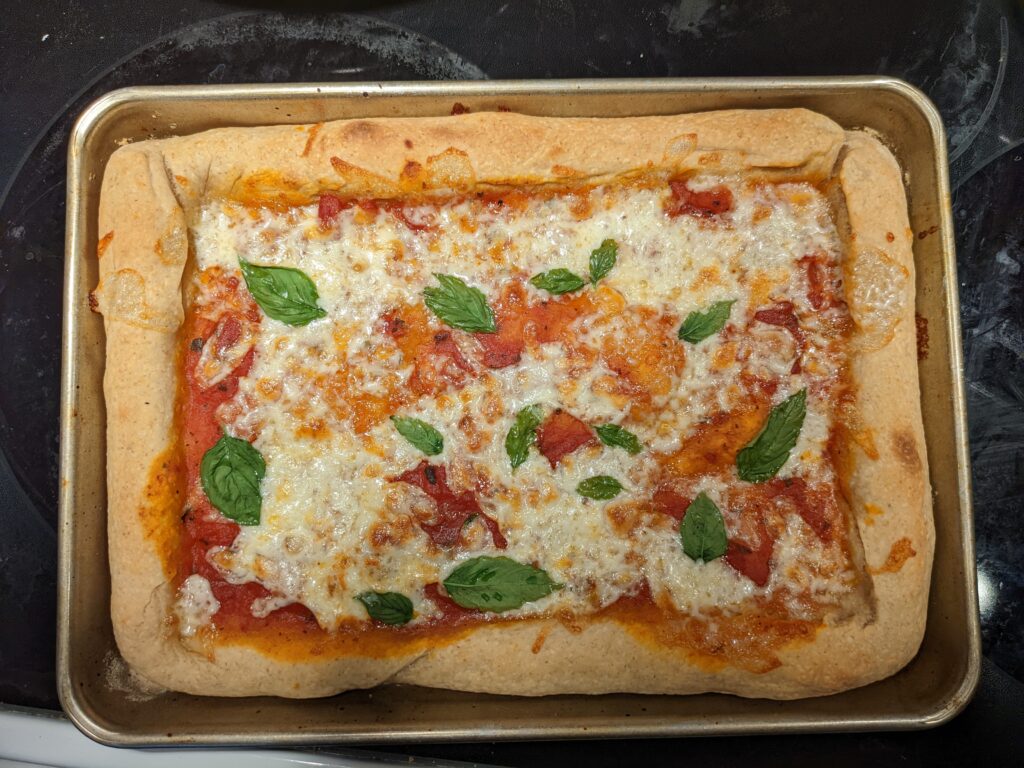Jasmine scurried out the Baby Designer Studio’s back entrance. She desperately needed fresh air to combat a wave of nausea. Was it from the baby or the thought of the marsupial pouch option? She just couldn’t tell. In her haste, she almost knocked down another pregnant woman clearly in her final months, weeks? Jasmine could never really tell.
“Watch it,” the pregnant lady growled, putting her arm out to regain her balance.
“Excuse me,” Jasmine mumbled. She glanced back to see the woman disappear through a discreet side door. A muted orange light cast a soft, glow over this mysterious entrance. Though if you weren’t looking for it, it was easy to overlook.
The pregnant lady, Wanda, took a quick breath to steady herself once the heavy door shut and latched behind her. Her job was hard enough without annoying, privileged, whiny, wanna-be moms from the Baby Designer Studio trampling her down. She ambled slowly to the comfort room.
When Wanda signed up for this job, she had no idea what it would entail. The pitch made it sound like a way to help aspiring parents realize their dreams. Wanda liked to help people, plus the pay was decent. She liked the idea of making dreams happen. Even her job title, “Innovative Dream Consultant, Thrinter,” had originally sounded fancy and important. Until the real work actually started.
Wanda had been approached and convinced to give this job a try under orders of secrecy. Thus she hadn’t consulted anybody else about the job, nor did she fully understand what it involved. All she knew was that she was getting paid to eat properly, attend exercise classes, and live in luxurious accommodations, complete with housekeeping, rent free. A dream come true, at first…
However, the work began. After a few months of pampering, Wanda started treatments. Initially, she didn’t realize what the pear-shaped 3D printers she passed on the way to the treatment rooms signified. As she lay on the table for one of many treatments, her mind hazy from the drugs, the words slowly fit together. It was like a children’s show, sounding out a new word. Three-D + printer, thrinter. That’s what she was now. The pear-shaped ones were trying to replicate what her body did naturally.
The drugs wore off. Wanda emerged from the treatment room, a “thrinter,” certain this last treatment would make somebody’s dreams come true.

